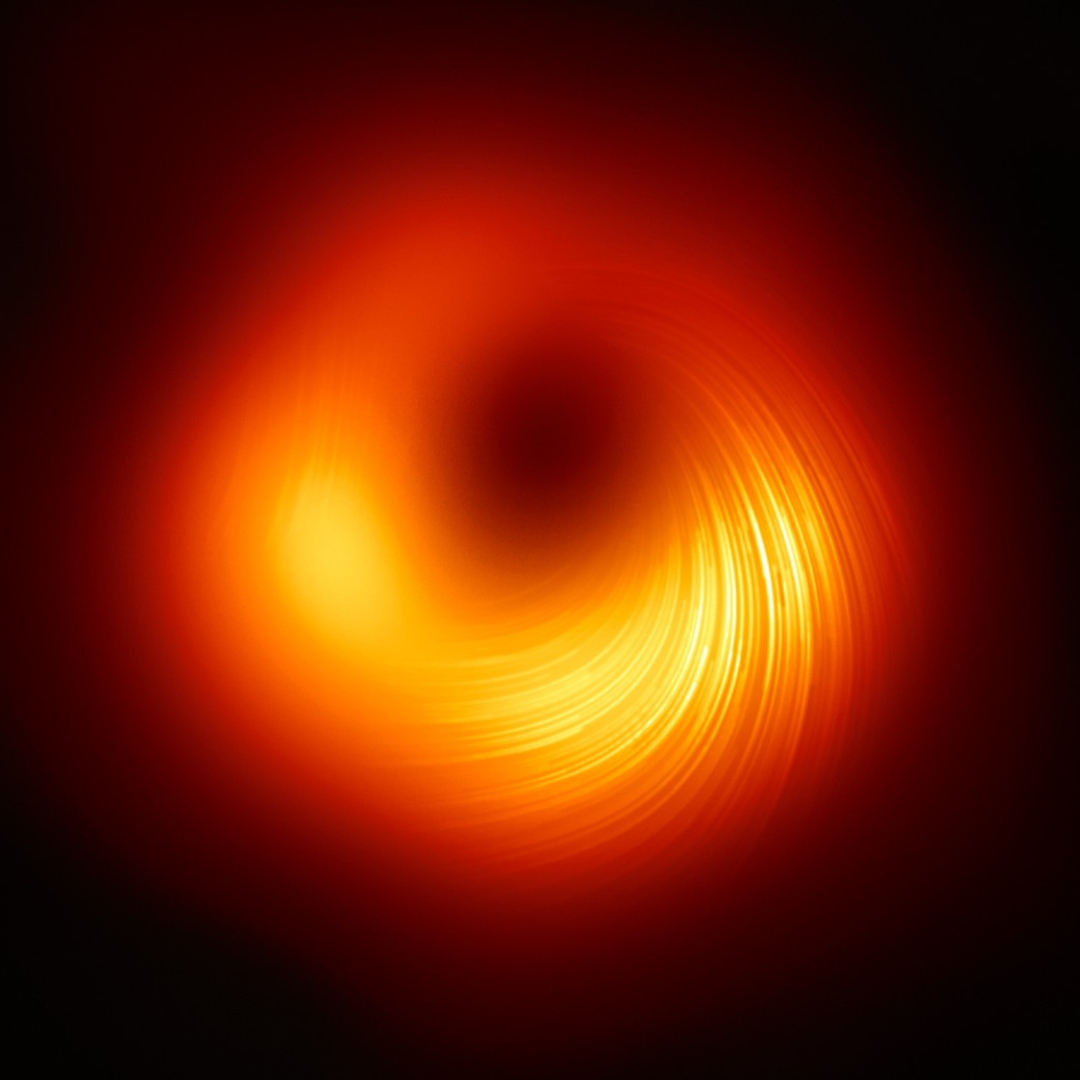First, I start moving people to hotel rooms…
The first one, because people will die at a slower rate.
The second one, because the density will cause the trolley to slow down sooner, versus the first one where it will be able to pick up speed again between each person. Also, more time to save people down the rail with my handy rope cutting knife.
I think it was numberphile, or maybe vsauce, who did a video on infinities. It was really interesting. I learnt a lot, then forgot it all.
Ah yes, I remember my eyes glazing over as things got too complicated to fit through my thick skull
Is there a way to take both routes?
Hit the hand brake and drift that sucker.

Running in the 90s intensifies
with my knack for drifting i’ll miss both and hit something else entirely even within this imaginary scenario
You dont have to since the set of all positive integers belongs to the set of all real numbers, you actually hit both tracks by just taking the lower track.
never doubt my ability to mess up the unmessable. i just might stumble into disabling clipping and end up falling forever.
I mean, the bottom. The trolley simply would stop, get gunked up by all the guts and the sheer amount of bodies so close together. Checkmate tolley.
How do we know it’s an accurate illustration? They might have jacked up the trolley with monster truck wheels or something.
The illustration can’t be accurate - you can’t picture an infinite number of people between each pair of people, but the description is clear. The trolly can’t progress because it can’t get from the first person to the second due to the infinite people between them, and the infinite people between each of those between them, etc.
Like in the second infinity you can’t count to one, you can’t count from 0 to 1*10^(-1000)
I mean, maybe, but I can only go off what I see here.
Top case is not the smallest infinite; going for prime number would save a lot of time for a lot of people before they die
The set of all primes is the same size infinity as the set of all positive integers because you could create a way to map one to the other aka you can count to the nth prime. Reals are different in that there are an infinite number of real between any two reals which means there’s no possible way to map them.
The set of primes and the set of integers have the same size, you can map a prime to every integer.
depends on what you mean by “smallest”
Bottom. No matter what your “real” number assignation in the queue is, theres an infinite number of people before the train gets to you. Therefore every single person will live a full life before the train reaches them.
What about the first guy
He ded
What real number is he? There’s infinity people before him too
This some Zeno shit, man
The zeroth person is dead. I don’t know how the trolly finds the next one because there’s always a smaller one than whatever it chooses
Good to know there are roughly 6 real numbers for every integer
If there are child real numbers then you can fit more.
I thought that the correct answer to these was making a loop on the right, merging the lines.
The answer is multi track drifting
Unfortunately it’s hard to join the tag end of one infinity to the tag end of another infinity to allow traversing both completely
I don’t really think it’s even sensible to talk about the tag end of an infinity. The bitten/bitter end is at 1, the tag end at infinity in this mental model. I feel that is the correct way to use rope terms for imagined embodied infinities as the small end is clearly bitten to (tied to) zero while the other end is free
No, we need a second trolley.
fossilesque you’re one of my fav posters
ilu2 :)
Getting killed by a train is apparently just an inevitability in this universe. Either choice is just the grand conductors plan.
You’ve misunderstood “some infinities are bigger than others.” Both of these infinities are the same size. You can show this since each person on the bottom track can be assigned a person from the top track at 1 to 1 ratio. An example of infinities that are different sizes are all whole numbers and all decimal numbers. You cannot assign a whole number to every decimal number.
Matt parker does a good video on this. I can’t remember the exact title but if you search “is infinite $20 notes worth more than infinite $1 notes” you should find it.
There are more reals than naturals, they do not match up 1 to 1, for exactly the reason you mentioned. Maybe you misread the meme?
By assigning a person to a decimal value and implying that every decimal has an assigned person the meme is essentially counting all the decimals. This is impossible, the decimals are an uncountable infinity. It’s like saying. Would you rather the number of people the trolley hits to be 7 or be dog.
What the meme has done is define the decimals to be a countable infinity bigger than another countable infinity. They’re both the same infinity.
Yeah, but if you can line up the elements of a set as shown in the bottom track, then they’re, at most, aleph 0.
I don’t think we should take the visuals of the hypothetical shit post literally.
If they say there’s one guy for every real number, let them
Ah I see why they worded it the way they did. I would argue that’s just the limitation of the illustration, considering the text words the premise correctly, but fair!
One person for every decimal isn’t possible even with infinite people. That is the point I’m making.
Neither is assigning a person to every natural number, so I’m not sure what point you’re trying to make?
But you actually can assign a unique person to every number, you just need an infinite number of people. You literally mathematically can’t do that for uncountable infinities.
Really? Isn’t the point that when you assign a natural number to every real number you can always generate a “new” real number you haven’t “counted” yet, meaning the set of real numbers is larger which is also is the point of the image.
It’s just an illustration… how else would you draw it?
My argument applies to the text of the post too. You literally can’t assign people (count) the decimals.
Diagonally
The bottom rail represents the real numbers, which are “every decimal number”.
No it’s doesn’t because the bottom rail is a countable infinity, the decimals are an uncountable infinity. Go watch the video it explains it.
I know it is drawn countably infinite, but it represents the reals, also wise guy, i studied basic logic in university, it covers this topic.
By assigning people to it it becomes countable. You can’t assign uncountable numbers like that. It’s both in the text of the meme and in the illustration
i don’t know why you’re trying so hard to away explain why the meme doesn’t work, but sure.
the real numbers on the bottom rail include all decimals, no?
Natural numbers < whole numbers < rational numbers < real numbers
Okay, to clarify, I mean the “is partial set of” instead of “is smaller than”.
Your saying it would be correct for “whole numbers” and “decimal numbers”. But that’s exactly what OP said “natural” and “real”
actually you can show that the naturals, integers and rationals all have the the same size.
for example, to show that there are as many naturals as integers (which you do by making a 1-to-1 mapping (more specifically a bijection, i.e. every natural maps to a unique integer and every integer maps to a unique natural) between them), you can say that every natural, n, maps to (n+1)/2 if it is odd and -n/2 if it is even. so 0 and 1 map to themselves, 2 maps to -1, 3 maps to 2, 4 maps to -2, and so on. this maps every natural number to an integer, and vice-versa. therefore, the cardinality (size) of the naturals and the integers are the same.you can do something similar for the rationals (if you want to try your hand at proving this yourself, it can be made a lot easier by noting that if you can find a function that maps every natural to a unique rational (an injection), and another function that maps every rational to a unique natural, you can use those construct a bijection between the naturals and rationals. this is called the schröder-bernstein theorem).
it turns out that you cannot do this kind of mapping between the naturals (or any other set of that cardinality) and the reals. i won’t recite it here, but cantor’s diagonal argument is a quite elegant proof of this fact.
now, this raises a question: is there anything between the naturals (and friends) and the reals? it turns out that we don’t actually know. this is called the continuum hypothesis
I clarified my above comment
You can’t count the decimals, op is counting the decimals and insisting that they are more of those counted decimals than in the integers. This inherently doesn’t make sense and is improper use of what infinities are and what they can represent.
An example of infinities that are different sizes are all whole numbers and all decimal numbers.
not sure what you mean by this, if you mean fractions you are wrong. Rational numbers and natural numbers can have a 1 on 1 assignment, look up cantors diagonalization. If you meant real numbers then you are right.
Decimals are how you represent numbers, not the numbers themselves.
I’m not talking about fractions, I’m talking about the reals because that it what op referred to
- I lay some extra track so the train runs over the perverts that come up with these “dilemmas” instead. Problem solved. 👍
This hypothetical post is a thought crime!
An infinite amount of people on the track implies that the track is infinitely long. If that is not the case and the track is a normal length then the sudden addition of all that bio-mass in a finite space will cause a gravitational collapse. But will the collapse start on the first track or the second? Either way I hope you saved your game because you might lose your progress.
The mass of dead bodies is what replenishes the new living ones on the finite track.
The infamious theory of infinitly-expanding train track in porportion with train-travelled distence sequared by prof. buttnugget
Q.E.D.











